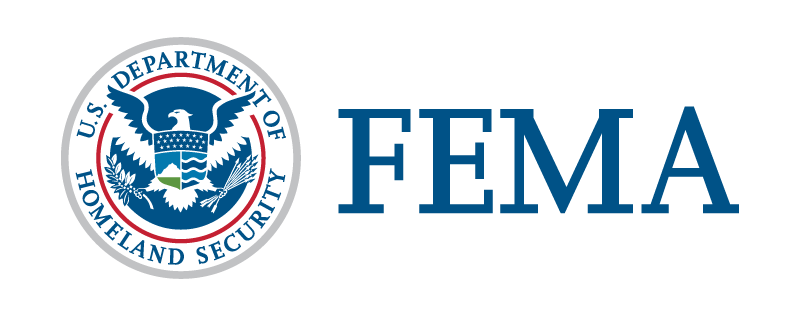As Guam residents begin to rebuild, survivors of Typhoon Mawar can get tips and advice on how to rebuild stronger and safer against storms.
FEMA mitigation specialists will be on hand at three locations in Dededo to answer questions and offer home improvement tips and proven methods to prevent and lessen damage from future disasters. This information is geared for do-it-yourself work and general contractors.
Mitigation is an effort to reduce the loss of life and property damage by lessening the impact of the disaster. These mitigation specialists will be available at the following locations on the following dates:
|
Location |
Dates |
Times |
|
Guam Home Center, Dededo |
Saturday, July 15, through Friday, July 28 |
Tuesday-Saturday 8 a.m. to 6:30 p.m
Sunday 8 a.m. to 5 p.m.
Closed on Mondays |
|
Pay-Less Supermarket Micronesia Mall, Dededo |
Saturday, July 15, through Friday, July 21 |
|
|
Pay-Less Supermarket, Dededo |
In addition, FEMA Disaster Survivor Assistance staff will be on hand to offer in-person FEMA registration and application reviews to Guam survivors with questions about FEMA assistance.
If you haven’t applied for federal disaster assistance yet or need to update a pending application, contact FEMA by visiting disasterassistance.gov, by using the FEMA mobile app, or by calling 800-621-3362 (The Helpline is available 24 hours a day/ 7 days a week at no cost for Guam residents).
Federal Assistance to Mawar Survivors Continues to Grow, Tops $100 Million
Now, more than a month after Typhoon Mawar devastated the island territory, Guam residents continue down their road to recovery with the help of federal funding from the U.S. Small Business Administration and FEMA. To date, nearly $112 million in low-interest disaster loans from the SBA and direct disaster assistance through FEMA have flowed into the community to help jumpstart the recovery process.
Small Business Administration
The U.S. Small Business Administration has approved more than $62.2 million in low-interest disaster loans. The SBA is the number one source of federal disaster recovery funding. Through low-interest disaster loans, the SBA provides recovery loans to businesses of all sizes, private non-profit organizations, homeowners, and renters.
For homeowners and renters, the SBA has approved 651 disaster loans totaling nearly $59.2 million. These loans can be used to repair or replace a survivor’s disaster-damaged home and personal property. Additionally, 45 businesses and private non-profits have been approved for loans totaling more than $3 million. These funds will help these businesses and organizations recover by replacing real estate, machinery and equipment, and inventory and business assets.
Individuals and Households Program
When it comes to FEMA assistance, more than 16,000 homeowners and renters have been approved for more than $49.7 million in federal awards through FEMA’s Individuals and Households Program. Unlike SBA loans, this money does not have to be paid back. This includes:
▪ More than $11 million in repair and replacement assistance to help survivors rebuild, or make basic repairs to make their homes safe, sanitary, and functional and provide funds to owners whose primary residences were destroyed due to Typhoon Mawar.
▪ Nearly $14.5 million in rental assistance was provided to more than 4,700 applicants. FEMA rental assistance is intended to help survivors pay for somewhere to live while they repair or rebuild their disaster-damaged homes. FEMA awards eligible applicants an initial Rental Assistance payment based on the Fair Market Rent established by the U.S. Department of Housing and Urban Development (HUD) for where their pre-disaster residence is located and the number of bedrooms the household requires.
Other Needs Assistance
Other Needs Assistance (ONA) provides financial assistance for disaster-related necessary expenses and serious needs that are not covered by insurance or provided by any other source. More than $24.3 million in ONA has been awarded to Guam survivors. This includes critical needs assistance, transportation assistance, personal property assistance, moving and storage, disaster-related medical and dental assistance, and money to clean and sanitize a disaster-damaged home.
For information on Guam’s disaster recovery, visit our website.
Follow FEMA at Twitter and Facebook.
Read the full article here









